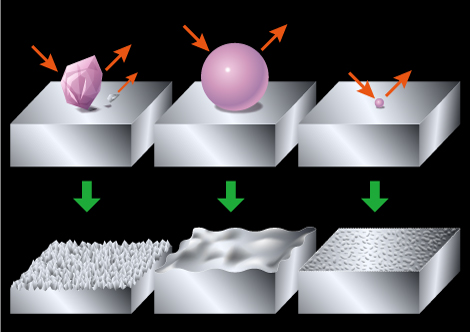drakem4
Automotive
- Sep 25, 2014
- 8
Hello everyone!
I am building a small displacement high output 2-stroke engine right now and the goal is for it is to have excellent abrasion resistance (low wear) and be very reliable. The components that I will be treating are mainly the piston and rings, cylinder lining (aluminum with Nikasil coating). I will also be treating the bearings and crank.
I have heard excellent things about cryogenic treatment. I know that cryogenic treatment is being done to the brake rotors on fleet vehicles (such as police vehicles) and the rotors are lasting at least double the life.
I have also heard excellent things about WPC Treatment (sonic velocity shot peening with nano-sized media). It acts like a heat treatment process at the surface by compressing the outermost layer of the material.
Go to the 55 second mark for demonstration in this link
Now for the question. Which order of processes would benefit the materials better? To cryo treat, then WPC treat? Or to WPC treat, then cryo treat after? Any advice would be greatly appreciated, many thanks!!
Myles
I am building a small displacement high output 2-stroke engine right now and the goal is for it is to have excellent abrasion resistance (low wear) and be very reliable. The components that I will be treating are mainly the piston and rings, cylinder lining (aluminum with Nikasil coating). I will also be treating the bearings and crank.
I have heard excellent things about cryogenic treatment. I know that cryogenic treatment is being done to the brake rotors on fleet vehicles (such as police vehicles) and the rotors are lasting at least double the life.
I have also heard excellent things about WPC Treatment (sonic velocity shot peening with nano-sized media). It acts like a heat treatment process at the surface by compressing the outermost layer of the material.
Go to the 55 second mark for demonstration in this link
Now for the question. Which order of processes would benefit the materials better? To cryo treat, then WPC treat? Or to WPC treat, then cryo treat after? Any advice would be greatly appreciated, many thanks!!
Myles

